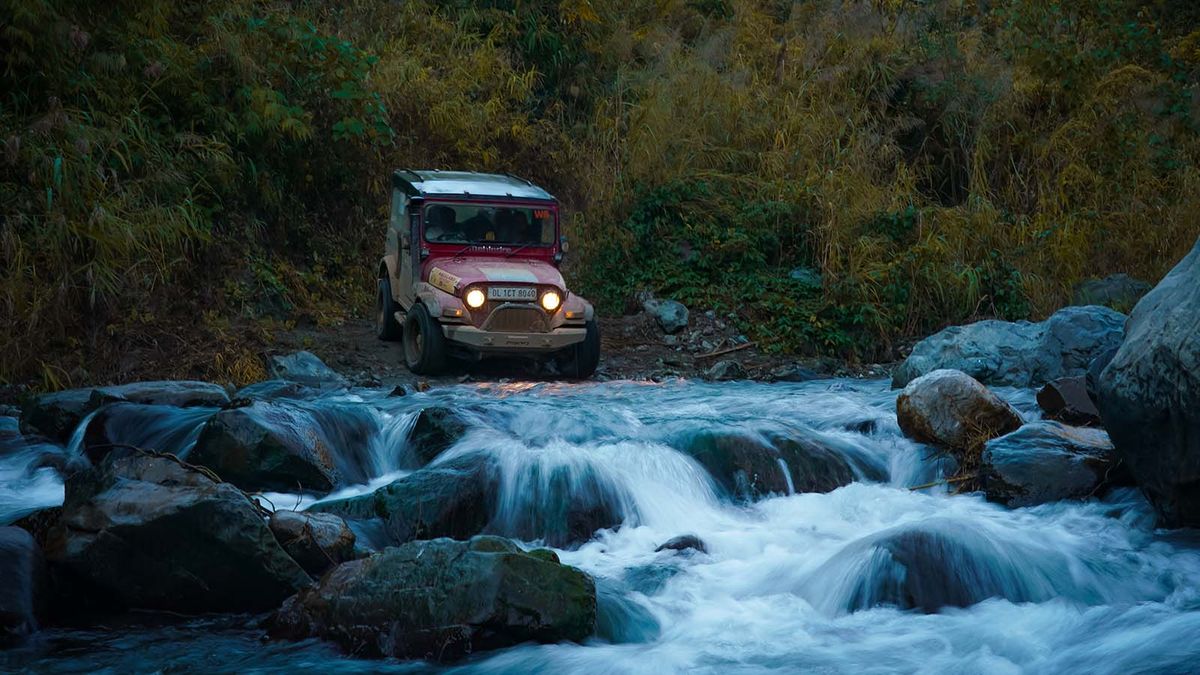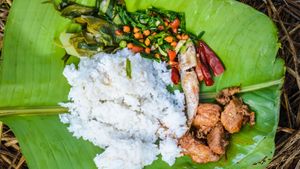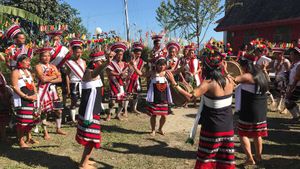Battling ascents and descents, slush and slope coupled with forest trails — the road to Mt Kapamodzu in Nagaland challenges both the driver and machine. One time we were crawling over rocky boulders at a steady speed, another time we winced left and right violently inside a 4x4 Gurkha, sliding up a steep incline. Our aim was to reach the camping site before sunset. In Nagaland, it gets pitch-dark and everything, sort of, goes to sleep after the sun goes down (almost by 4.30pm in winter). This was a hands-on experience backed by self-reliance and a willingness to rough it.
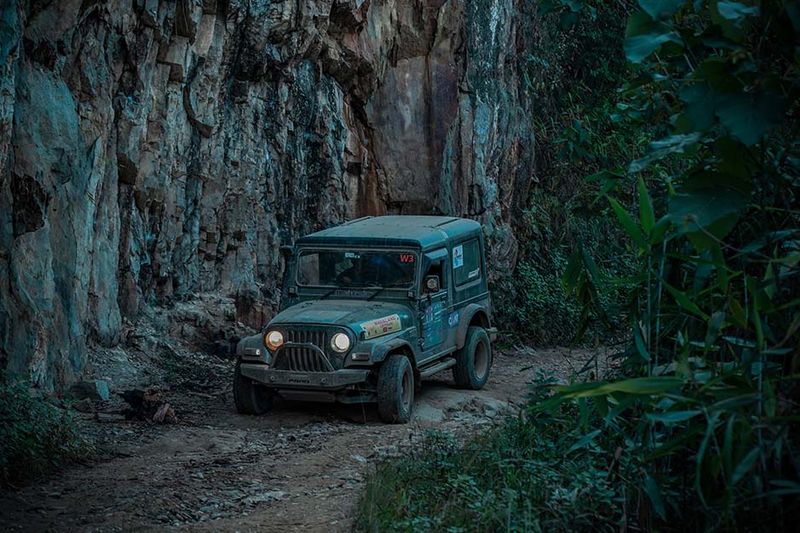
However, this is only one tiny part of a week’s off-roading in Nagaland. The state is an off-roader’s dream — with aimless dirt tracks, fierce rivers, and rocky terrains against picturesque backdrops. Even after long and tiring drives, Naga Hills never fail to enchant.
A first-of-its-kind initiative, in an attempt to promote off-road tourism (in partnership with Wander Beyond Boundaries (WBB), the extreme overlanding venture), the state’s tourism department has curated Nagaland Offroad — a unique set of road trails that take you beyond the conventional Dimapur and Kohima to capture its vibrant landscape and culture.
Beyond the obvious terrains
While the world’s lens usually falls onto Nagaland during the colourful Hornbill Festival, which serves as a window to the varied tribes in Northeast India, it just offers a mere glimpse into the real Naga way of life. The real Nagaland reveals itself beyond Hornbill as you drive towards the eastern side of the state.
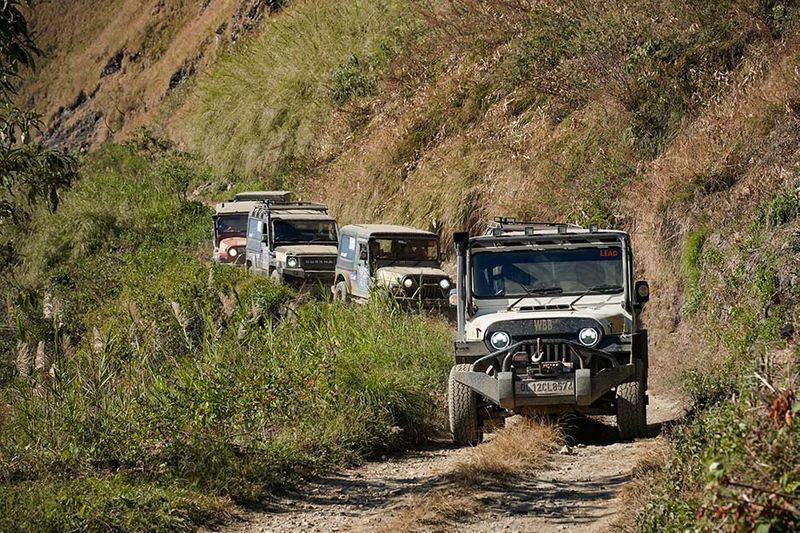
In the early days of December, we landed in Dimapur and set up base there. The next day, we were stuffed into a convoy of 4x4 Mahindra Thars and Force Gurkhas, led by Nidhi Salgame, an off-roading expert and founder of WBB.
Dimapur and Kohima only give you a peak into the city life of Nagas — streets lined with chic cafes, buzzing with the coolest beats and music, vibrant walls with colourful street art and houses dressed in pretty lights to welcome the celebration of Christmas. Our aim was to further explore Naga folklore, history, crafts and their way of life.
The time to visit Nagaland was perfectly in line with the popular Hornbill festival, held at Kisama Village, just a few kilometres away from Kohima. To witness the mesmerising festival, tribes and musical bands in their natural setting was an inexplicable pleasure. From Kisama village, the main roads were now abandoned and the diversion to real off-roading in the wild terrains began.
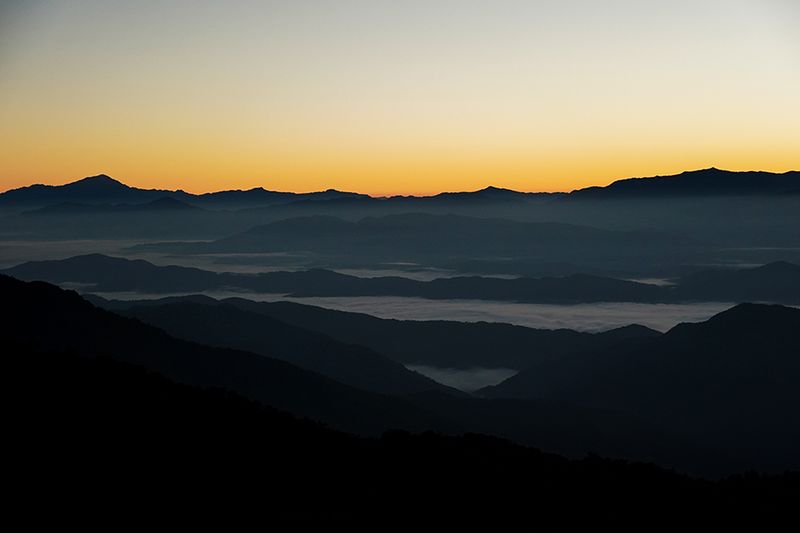
One of the trickiest drives was ahead of our convoy as we trailblazed an off-road route to Kapamodzu. It became crucial to place wheels correctly on the forested incline due to the slick surface and narrow width. As we inched forward relentlessly and reached just in time for sunset before tiredly camping on the tabletop, there was a huge sense of satisfaction — we were the first ones to set up a camp base at the tabletop mountain.
Temperatures begin to drop at night, reaching almost 2-3 degrees. It was shivering cold and wild and serene, drinking rice beer and watching faraway city lights at night, sparkling like scattered diamonds on some faraway hills. However, the night was a battle of courage — freezing inside the camp and somehow being able to catch a few hours of sleep. But, it was worth it as we savoured the sunrise — with the faraway valleys slowly starting to glow, basking in the first golden rays of the morning sun.

Next from Kapamodzu, we drifted to Shilloi Lake — one of the longest drives by far. Landlocked between pine trees, it is believed to be the largest natural lake in Nagaland. On the way back, the off-road track was a slippery one — crossing a running stream of water only made the ride more fun and exhilarating. Easing into the water, the wheels were now skating and swimming along the boulders and huge rocks. We had literally gone off the road to water bodies now. From there, we went for soft off-roading through rough patches, bushes and fields.
Peaking into the Naga life
A sizeable portion of the rest of the country still views the Naga population and the land as inhabitable, facing the brunt of racism. At the Hornbill Festival, when a restauranteur learned I came from Delhi, she piercingly questioned, “Do you also think we are a bunch of dangerous people?” The hesitation is palpable in the eyes of the people anytime the delicate subject is brought up, and it is understandable. That wound might still be open, but that doesn’t come in the way of how warm and hospitable Naga people are, who will go out of their way to help and make you feel at home.

Along with offering adventure to travellers, another unique aspect of this off-road drive was connecting with local people, experiencing the pristine villages, and learning the art and craft there. You can count this as an experience of a lifetime — a unique window to experience the people of Nagaland, the land, and its lifestyle. Spending time in the villages allows for a glimpse into their lives that revolves around the growing cycles of rice, millet, sugarcane and pulses. From village to village, each district had its own tribal identity, traditions, songs, and dialects.
Driving via Phek, one of the easternmost districts of Nagaland and mostly home to the Chakhesang and Pochury tribes, we reached Zapami — a picturesque village with green-roofed houses blending with the vegetation around. The place finds its mention in history as one of the villages through which the Japanese army had come during their attempt to siege Kohima (Battle Of Kohima) during the Second World War. Zapami is also believed to be one of the oldest original knowledge holders and producers of Thebvo Nah (stinging nettle weaving). For centuries, women here have extracted nettle fibres, spun them and woven them into mats, bags, sacks, and clothing like blankets, shawls and sarongs.
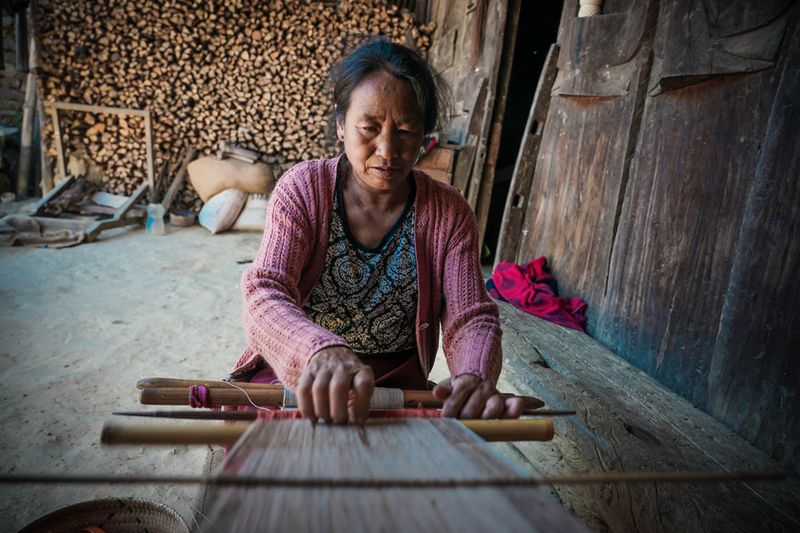
When we halted at Lake Shilloi, we steered to another off-road stretch to the border town of Avakhung, the last village on the Indo-Myanmar border having its International Trade Centre. As you drive through the steep and narrow roads to reach Avakhung, one can witness the rugged Burma bikes that only have gears but no clutch. The village folks can only ride these bikes up to Meluri town and not outside. Trade with Burma also forms a livelihood activity for the villagers residing on the eastern side of the state.
Chizami was the last village trail of our off-road drive. It’s the village hub of Chizami Weaves, an initiative of North East Network (NEN) with the aim to give women in Nagaland a sustainable means of employment and learn about Nagaland’s glorious weaving traditions.
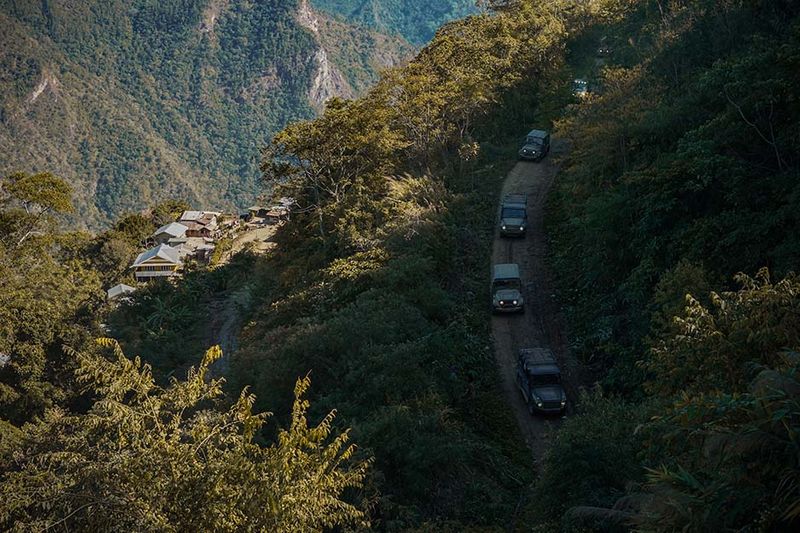
Folklores from the enchanting hills
Myths and legends are what make Nagaland a unique place to witness. The folklore, rituals and festivals of the indigenous communities carry a common embodiment of love, loyalty, and bravery. However, it’s inspiring to see how the inhabitants of today have kept them alive in their day-to-day lives and taken them into modern society.
The off-roading stretch to Lake Shilloi was a long, long one. There are many legends associated with the lake. One of these includes the tale of a baby floating in the middle of the lake, with two hands observed bobbing the infant. It is thought that the infant is the lake's reigning queen and that the lake's spirits protect it. Thus, it is thought that the lake is impervious to drowning.
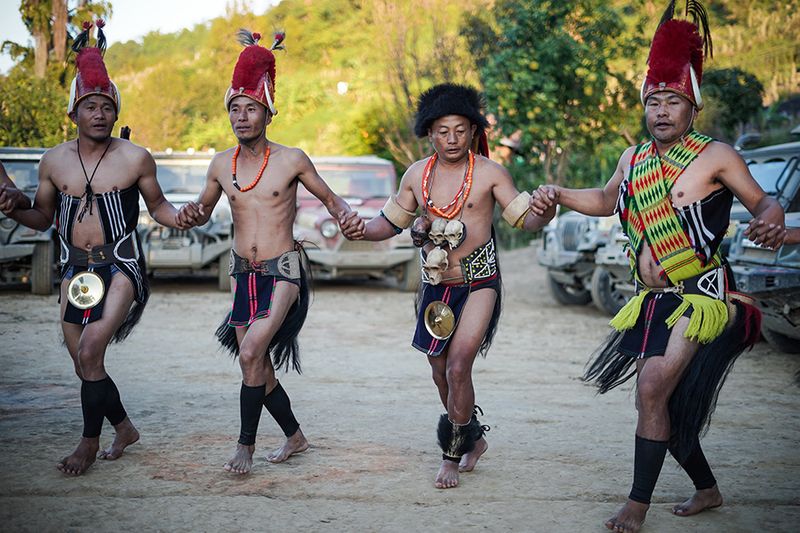
The off-road trail led us to other interior villages of eastern Nagaland. Travellers are rare in these parts and the overjoyed villagers put up a cultural performance for us when we visited Ponkhungri village after a hearty lunch at the rustic home of Ashelo Theviiry, the Gaon Bura (the village chairman or secretary).
The men showcased the Oh-hia folk dance of the Pochury tribe, singing intricate and complex tales of their ancestors. Dressed in tribal skirts, they began their dance with a mass of red tassels swinging from their warrior helmets. With warrior shields in hand, the dance of the tribesmen included large knives and skulls of monkeys adorned in neckpieces while chanting in their Pochury dialect. They finished the sequence holding hands and tapping out a rhythm with fancy footwork. I watched and joined them in amazement as the dreamlike dance came to an end.
A place of stunning beauty, the Nagas hold firm to their traditional values. The more you explore this state, the more you realise how much the indigenous Naga people hold pride in their culture, lifestyle and their history. As Ashelo said to us before leaving, “When travellers like you take the trouble to reach here, it teaches us the value of our history and culture.”
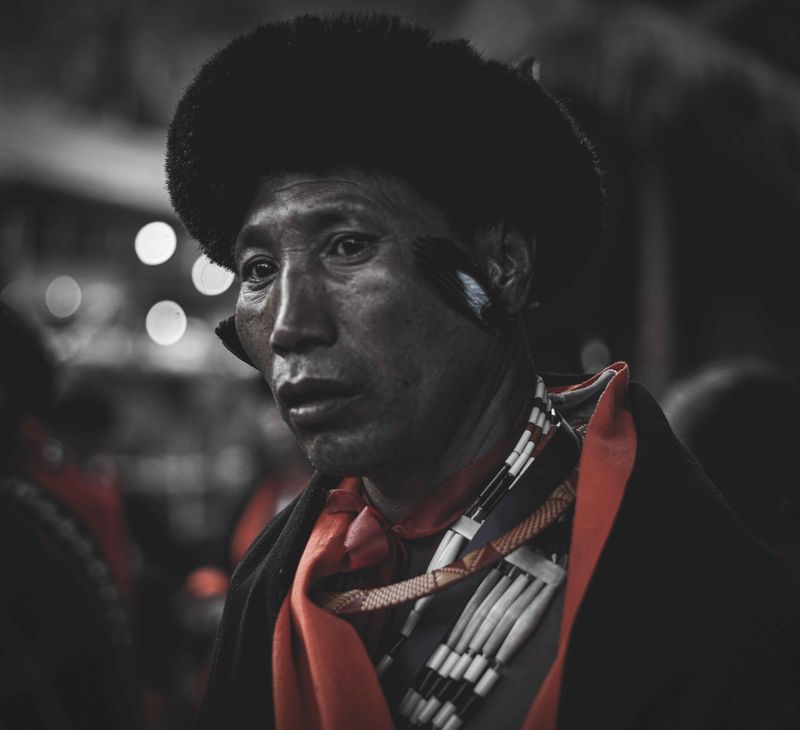
Going back, as I waited for my flight at the Dimapur Airport, soaking in the good vibes and unbelievable hospitality of the Naga people, I realised how a whole other world exists out here, waiting to be explored but not exploited. I met tribal leaders, heard tales about old warriors and rubbed shoulders with people whose homes were once inaccessible to other visitors.
This is the real Nagaland — where men reside peacefully with the unadulterated beauty of nature and its elements with kindness reigning supreme in their hearts.


